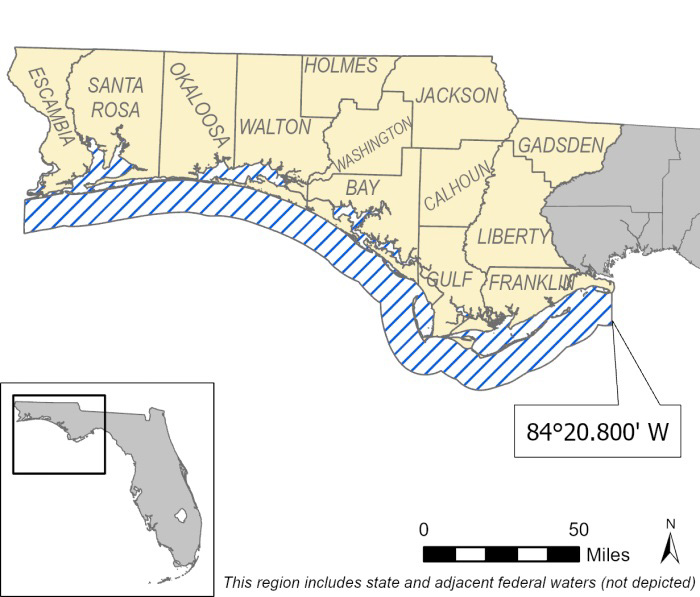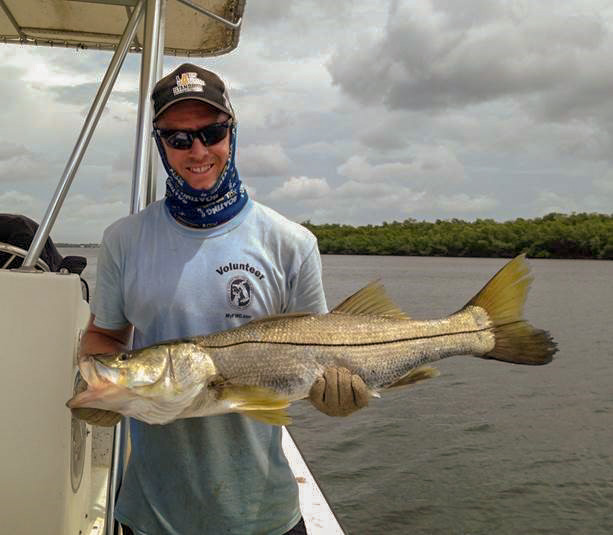Recreational harvest of snook re-opens

The recreational harvest of snook in the Panhandle and Big Bend, as well as the Tampa Bay, Sarasota Bay, Charlotte Harbor and Southwest management regions opened March 1, and remains open through April 30.
This includes all Florida state and inland waters as well as adjacent federal waters within each management region.
These regions and regulations are part of the Florida Fish and Wildlife Conservation Commission’s holistic management approach for Florida’s most popular inshore fisheries. Through this approach, seven metrics are used to evaluate the fishery by region, adding a holistic perspective to management decisions and allowing the FWC to address regional concerns.
In the Panhandle, open season runs through April 30 and resumes Sept. 1 through Nov. 30. Bag limit is one fish per person per day, with a slot limit of 28 to 33 inches total length.
The western boundary is the Florida-Alabama border and the region extends to the eastern coastal boundary at 84°20.800ꞌ West Longitude in Franklin County near Alligator Point. This includes all inland waters of the counties named and colored yellow on the map, but does not include all waters of the Ochlockonee Bay, the Ochlockonee River and its tributaries.
Snook has long been a popular sportfish in Florida and its harvest has been regulated since the mid-1950s. In 1985, snook were considered severely depleted and conservative management strategies were suggested to minimize harvest and increase the chances of snook recovering.
Over the decades, regulations were adopted to prohibit commercial harvest or sale of snook, implement the “snook stamp” requirement, and refine the seasons and slot limits. These regulation changes have helped increase the abundance and size of snook. Snook stocks have rebounded and are currently exceeding the FWC’s management goal of 40% spawning potential ratio (SPR) on both the Gulf and Atlantic coasts of Florida. SPR is the percent of the total biomass of mature fish in a fished population compared to the number that would exist if the population were not fished.


Meet the Editor
David Adlerstein, The Apalachicola Times’ digital editor, started with the news outlet in January 2002 as a reporter.
Prior to then, David Adlerstein began as a newspaperman with a small Boston weekly, after graduating magna cum laude from Brandeis University in Waltham, Massachusetts. He later edited the weekly Bellville Times, and as business reporter for the daily Marion Star, both not far from his hometown of Columbus, Ohio.
In 1995, he moved to South Florida, and worked as a business reporter and editor of Medical Business newspaper. In Jan. 2002, he began with the Apalachicola Times, first as reporter and later as editor, and in Oct. 2020, also began editing the Port St. Joe Star.